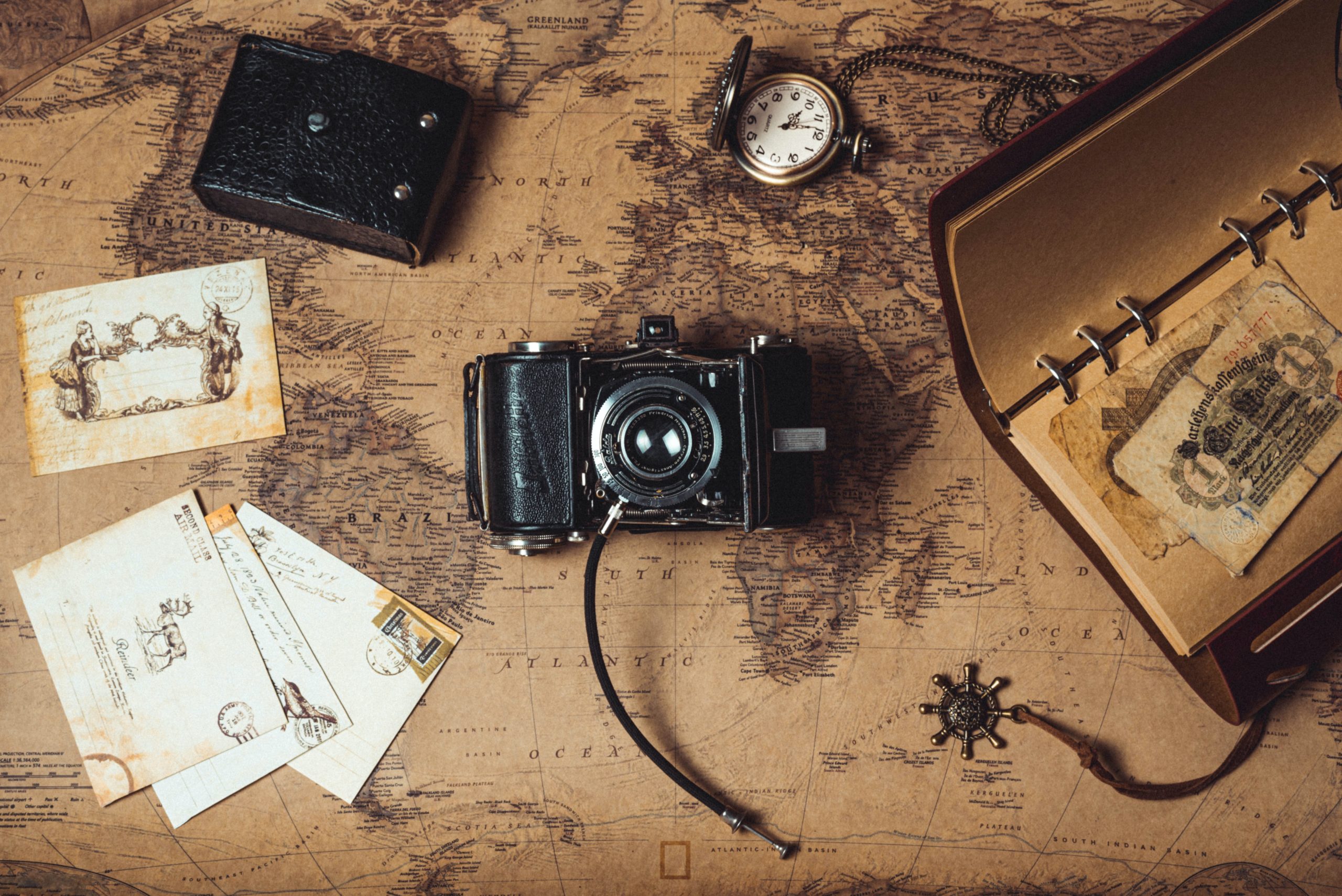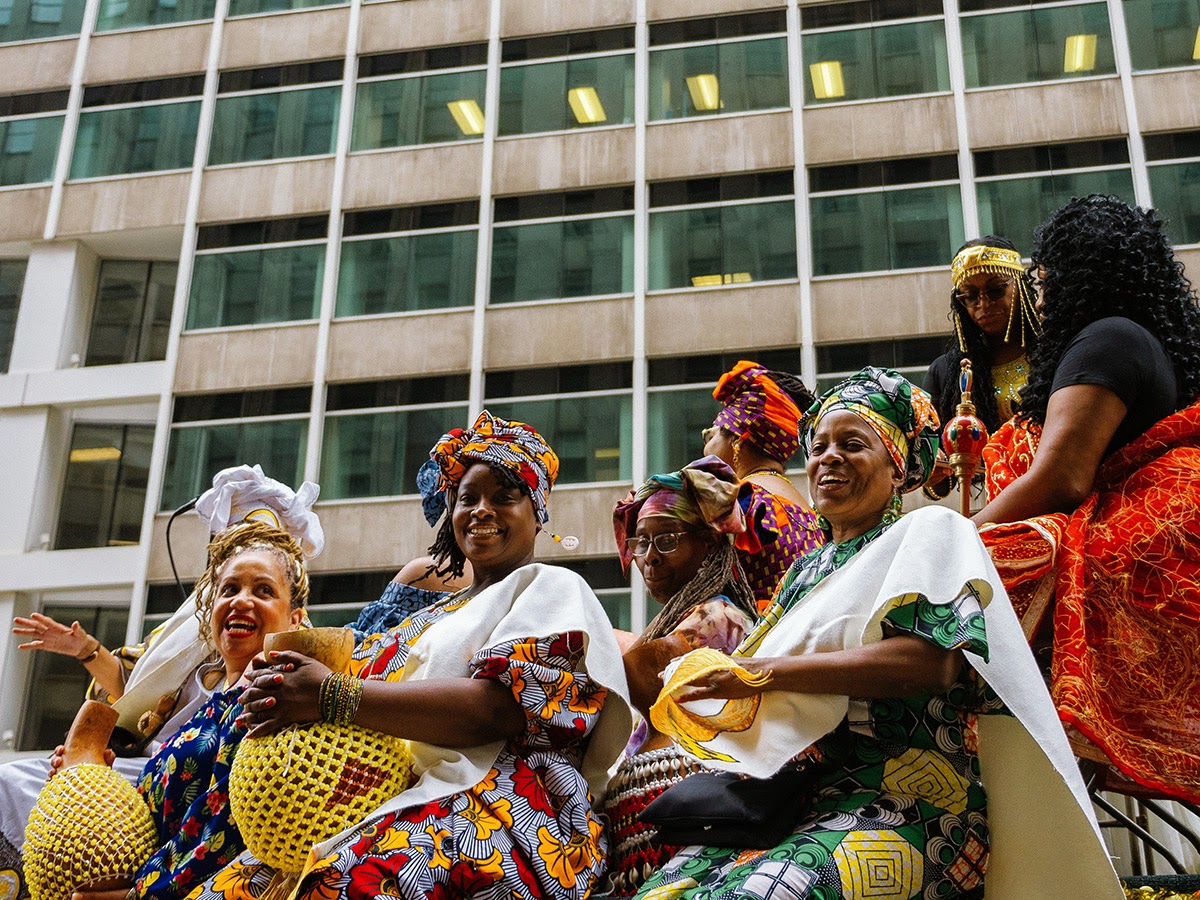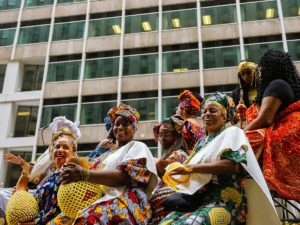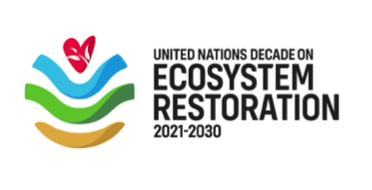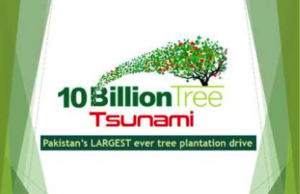With the development of technology and digital devices, it has now become so easy for us to take photos with our smartphones or digital cameras in our daily lives, especially when we want to capture wonderful moments on a trip with family and friends. But have you ever thought about how cameras got invented and the stories behind travel photography? On June 29th this year, Solimar International celebrates National Camera Day with the world. Let us take you on a journey to get an insight into the invention that sparked the world of travel photography.
A short history of cameras and photography
The history of the camera dates back even further before the development of photography. Before the modern form of the camera was invented, camera obscura – or the Latin word for “dark room” – referring to a natural optical phenomenon of an image projected through a small hole in the screen and showing on the other side of the screen, was described earliest by the Han Chinese philosopher Mozi in his principle.

Source: Camera Obscura and World of Illusions Edinburgh 2021
In 1825, the first photograph was captured by the French inventor Nicéphore Niépce with a fixed image that didn’t fade away, and it had set the foundation of photography. Later, the first photographic camera for commercial manufacture was developed by a Parisian art restorer Alphonse Giroux in 1839, which was a type of daguerreotype camera – a forerunner of the modern film. In the 1970-90s, numerous manufacturers began to work on cameras that store images electronically, thus the first point-and-shoot camera came into the world. It was also the Digital Age of cameras. On the other hand, photography only remained among the rich until George Eastman, the founder of the company Kodak, made photography accessible to the public after the 1880s with the invention of photographic roll film. As the technology evolved over time, digital cameras were developed, gradually becoming the camera function we use nowadays on our smartphones.
Modern Cameras and Travel Photography
Nowadays almost everyone has a camera on their smartphone, and it is so easy to click a button to capture any moment. Digital cameras have also become the main type of camera that professional photographers use, as they can adjust the exposure, aperture, shutter speed, ISO, shooting modes…and many more features that would create different effects on photography. As technology improves, even better cameras are able to be incorporated into smartphones, which makes travel photography more accessible for the remote destinations Solimar works in. On Atauro Island in Timor-Leste, for example, our team helped to create the tourism website for the island using mostly photos from staff member smartphones and local partners on the ground.
Among all types of photography, travel photography is a genre that involves the documentation of an area’s landscape, people, cultures, customs and history. The Photographic Society of America (PSA) defines travel photography as “an image that expresses the characteristic features or culture of a land as they are found naturally” with no geographic limitations. Whether it’s the breathtaking panoramic views on top of mountains, the glittering reflection of the ocean under the sun, or the vitality of greenery in the tropical rainforest or the wilderness of the boundless desert, the moments are as if frozen in time when we press the shutter on the camera. Aside from natural landscapes, travel photography can capture the uniqueness of different cultures from around the world, inspiring people to travel like this photography series documenting the life of Inuit people across the world.
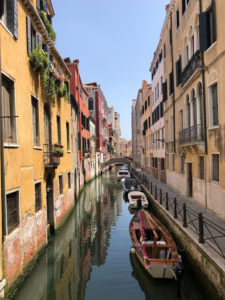

Source: Own, in Venice 2021 Source: Jackson Simmer on Unsplash
Celebrating National Camera Day
As the saying goes: a picture is worth a thousand words. On June 29th, Solimar International celebrates National Camera Day with the world, recognizing the thousands of words, languages, cultures, and landscapes contained within a camera shutter. Despite the challenging COVID-19 situation that put the travel and tourism activities to a halt, we can learn to observe our surroundings and appreciate every little detail in our lives, and to capture the precious memories on the photographs that we can hold on to when we look back in time. So pick up your camera and create your own moments and tell your stories through photography!
